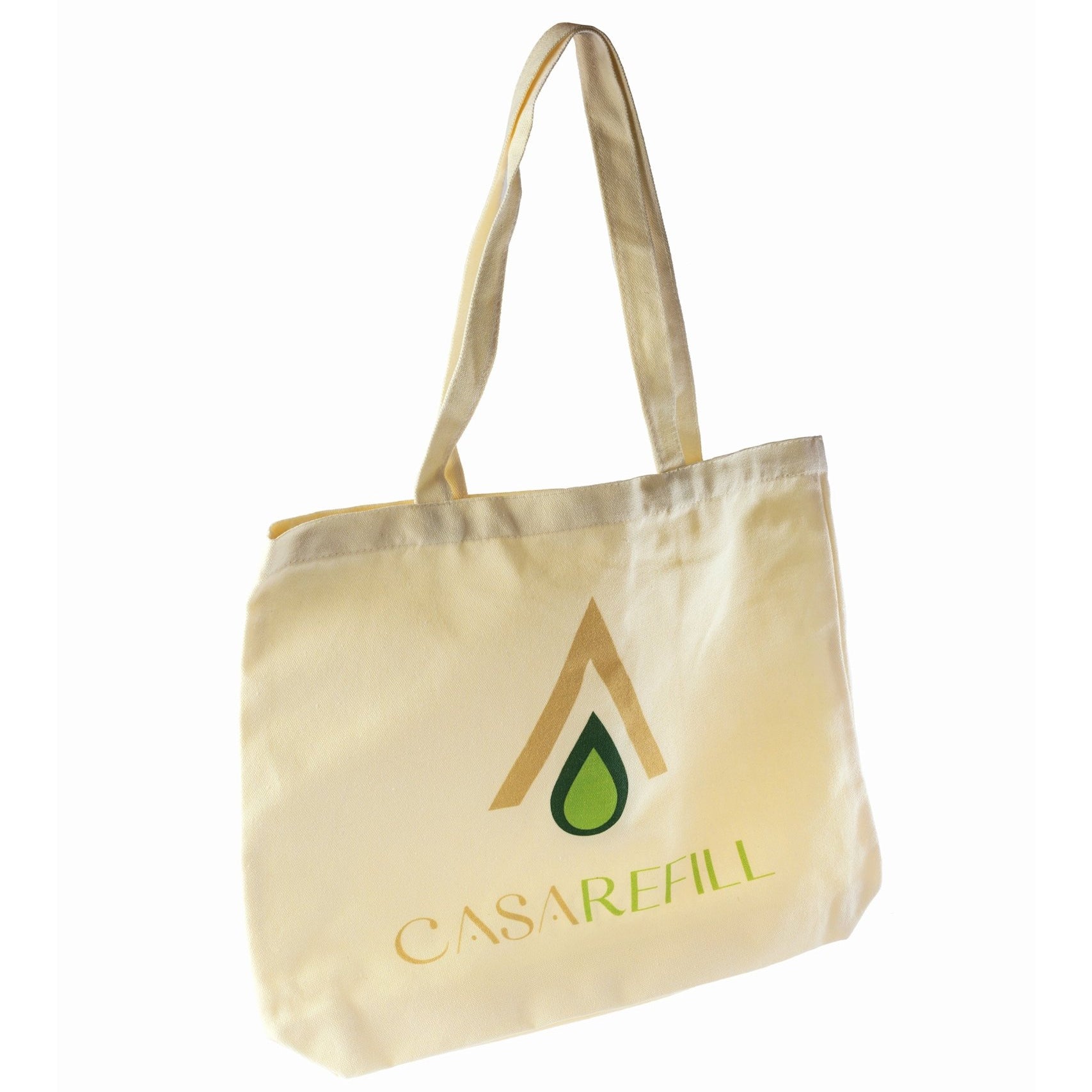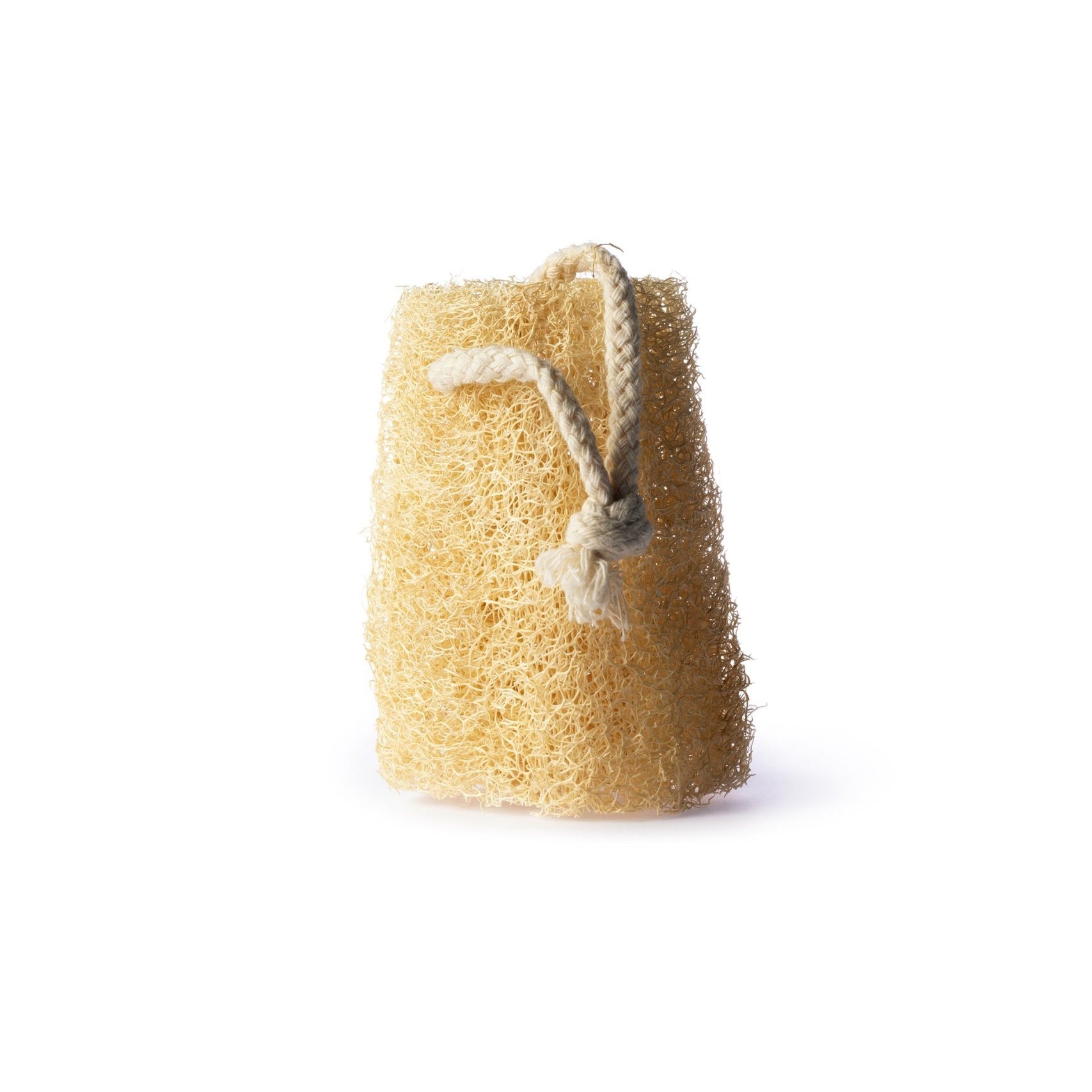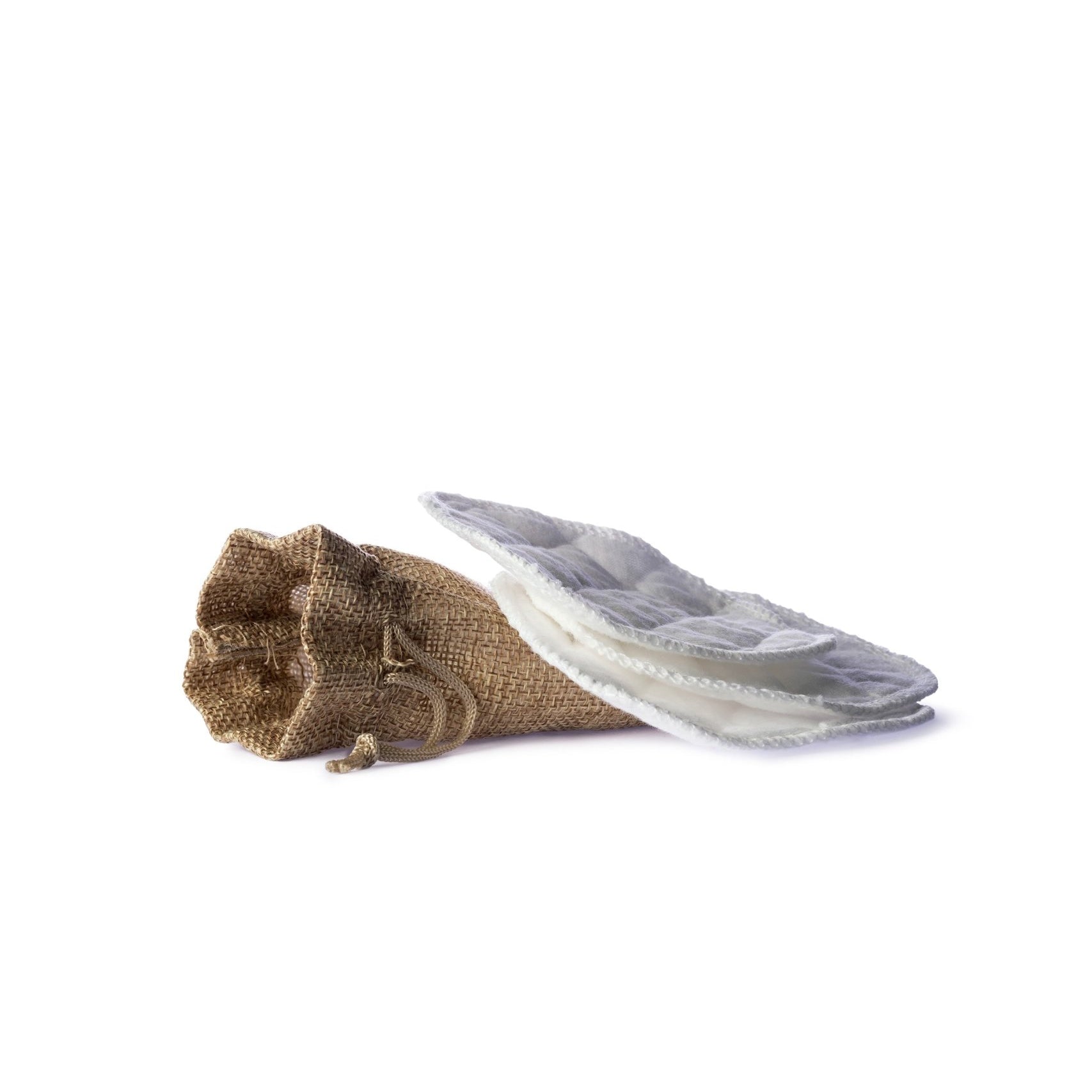Phthalates are a group of chemical compounds that are mainly used as plasticizers in the manufacture of plastics. They make plastics more flexible and durable, but are also found in many other products in our daily lives. Although they appear useful at first glance, phthalates pose potentially serious health risks.
Where do we find phthalates?
Phthalates can be found almost everywhere in our everyday lives. They are found in packaged foods, cosmetics, household products and even clothing. They are particularly common in PVC, a widely used plastic. But these plasticizers can also be found in floor coverings, shower curtains and toys.
How do phthalates get into the human body?
The main routes of absorption of phthalates are through the skin, the respiratory tract and through food. In the case of packaged food, phthalates can pass from the packaging into the food, especially if it is greasy, as phthalates are fat-soluble. These substances can also be absorbed through the skin when wearing clothing that has been treated with phthalates. They can also enter our bodies when we breathe in dust that is contaminated with phthalates.
The health effects of phthalates
Phthalates are suspected of having a hormonal effect. They can disrupt the endocrine system and are associated with a number of health problems, including
- Reproductive disorders: Research has shown that phthalates can impair fertility and lead to developmental disorders in children.
- Hormonal disruption: They can interfere with the natural production and function of hormones, leading to disruption of the endocrine system.
- Impact on the immune system: Some studies suggest that phthalates can also affect the immune system.
What can we do?
Conscious handling of products that may contain phthalates is crucial. Here are some tips:
- Avoid plastic packaging: Where possible, choose unpackaged foods or products in glass packaging.
- Pay attention to labeling: Products labeled "phthalate-free" should be preferred.
- Natural materials: Natural materials that do not require plasticizers should be preferred for clothing and other articles of daily use.
Conclusion
Although phthalates are widely used in modern industry, it is important to be aware of the potential health risks. Through informed choices and conscious consumption, we can minimize our intake of these harmful chemicals and thus protect our health and the environment.


















